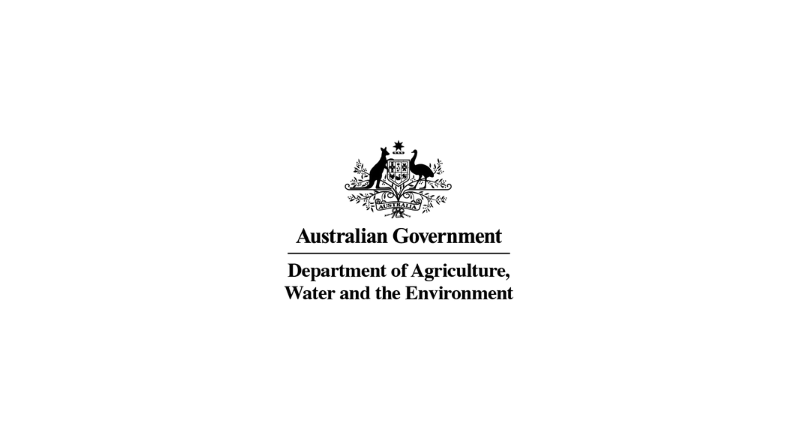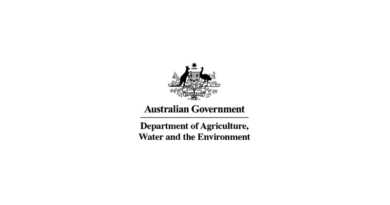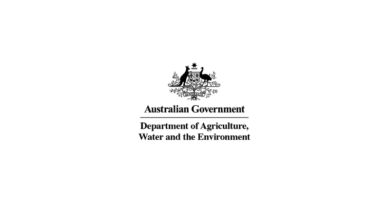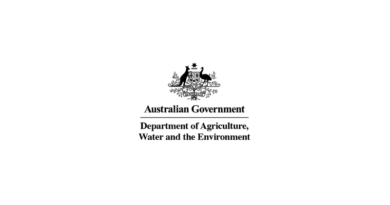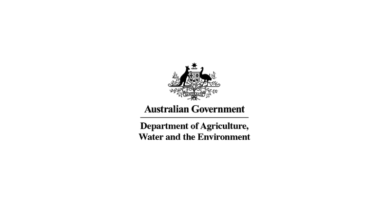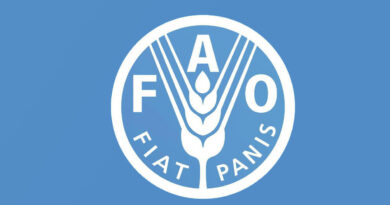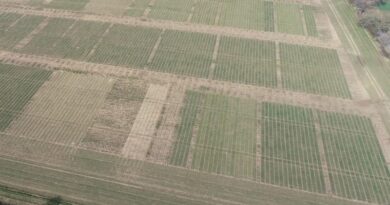Australia: High-risk plant pest specimens headed for collections
10 October 2021, AU: Specimens of some of the world’s most high-risk plant pests from around the globe will be added to Australia’s plant reference collections to boost diagnostic material available to combat biosecurity hazards.
Head of Biosecurity for the Department of Agriculture, Water and the Environment, Andrew Tongue said the collection of plant pests was critical to Australian biosecurity knowledge and operations.
“All the specimens are of pests on Australia’s National Priority Plant Pests list, which currently lists 42 exotic plant pests and pest groups,” Mr Tongue said.
“Some of these specimens have come a long way. The insect that transmits Candidatus Liberibacter solanacearum complex which causes zebra chip disease in potatoes was sent from the Czech Republic; and the exotic stem borers, which can decimate sugarcane and cereal crops, were sent from South Africa.
“Specimens of these plant pests boosts the diagnostic material available to scientists and biosecurity officers, which in turn helps to combat the threat to our biosecurity posed by these pests.
Also Read: Paddy procurement in Haryana is 1,46,509 MT and in Punjab is 1,41,1043 MT
“If any were introduced into this country, it could have a significant impact on Australian agriculture and trade.
“Take the Hessian fly; up to 40 per cent crop losses have been recorded where there have been severe infestations of this pest overseas, such as in the US and Spain.
“Australia’s reference collections contain specimens of fungi, insects, nematodes, bacteria and viruses. They also record if these pests breach our borders and the impacts they had.
“This information is the intellectual bread and butter of our biosecurity operations and expanding the collection of specimens we have on hand will help us better manage the significant risk these pests could pose for Australia.”
The specimens were of the following six pests: exotic invasive ants (Brachyponera chinensis), Banana phytoplasma bacteria (Candidatus Phytoplasma novoguineense) Hessian fly (Mayetiola. destructor), exotic bees (Apis spp.), exotic stem borers (Eldana saccharina) and an insect vector for the Candidatus Liberibacter solanacearum bacterial complex.
The work is part of a $176,364 project Implementing the National Plant Pest Reference Collections Strategy, funded by the Australian Government’s Plant Biosecurity and Response Reform program.
The project was coordinated by Plant Health Australia (PHA) and delivered by Agriculture Victoria.

